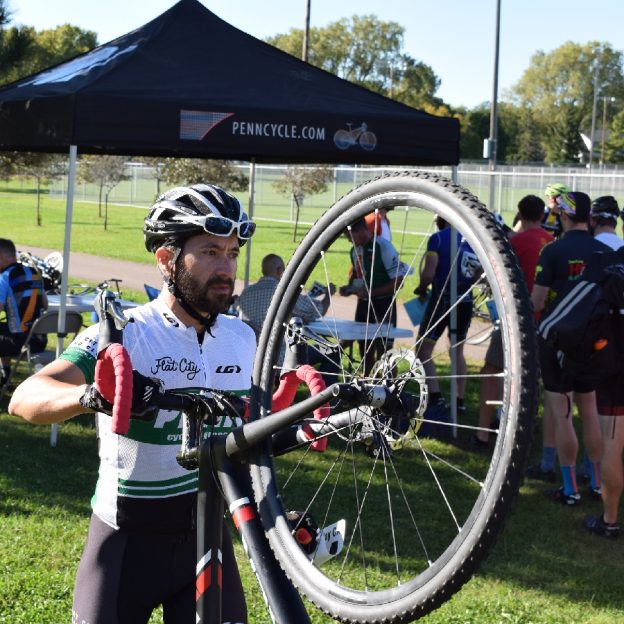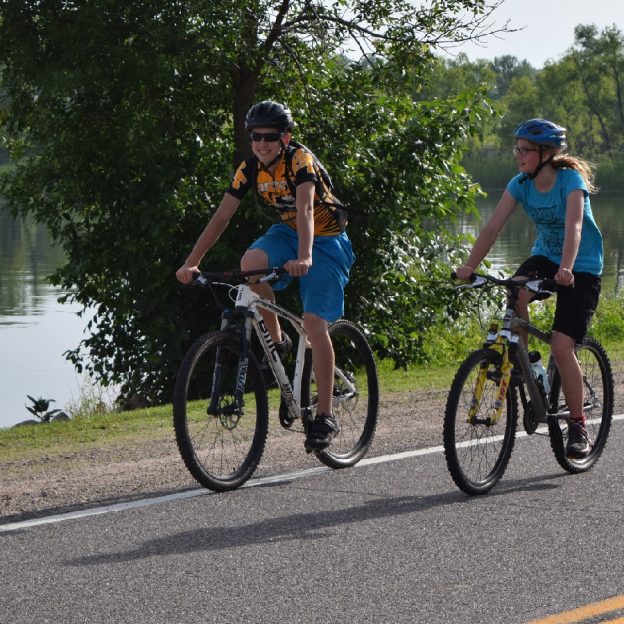Tag: #trek
-
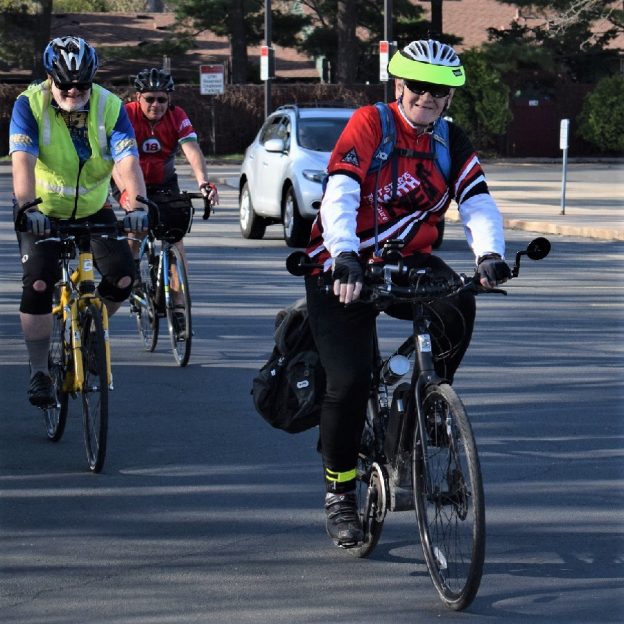
Bike Pic July 18, e-bikes make it easy for seniors to stay riding
This Thursday, stay active riding an e-bike
-
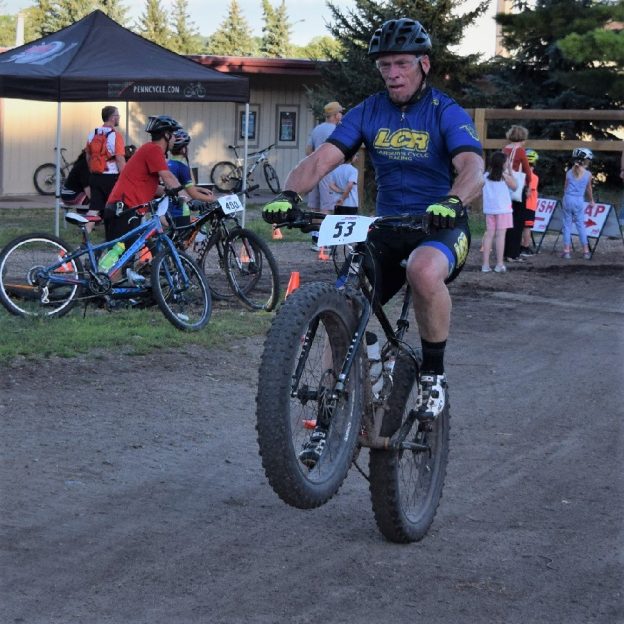
Mountain bike wheel sizes: past, present and future explained
Once the 29er revolution took over, many companies started looking at even more sizes. Therefore, we now have: 24”, 26”, 27.5”, 29”, 27+ and 29+ wheel options, with another new dimension on the horizon. Take a look below to see the pros and cons of each size.
-
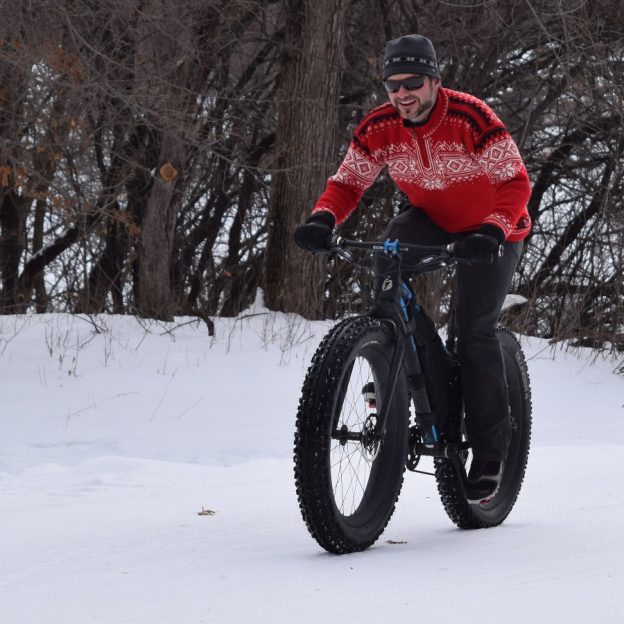
Mountain bike hacks: fat bike tips and tricks for winter fun!
For many of us, riding off road through the winter is impossible without a fat bike. Our trails get covered with snow in December and don’t see the light of day again until April. Here are a few quick and easy hacks to riding fat bikes that will get you enjoying the snow in no…
-
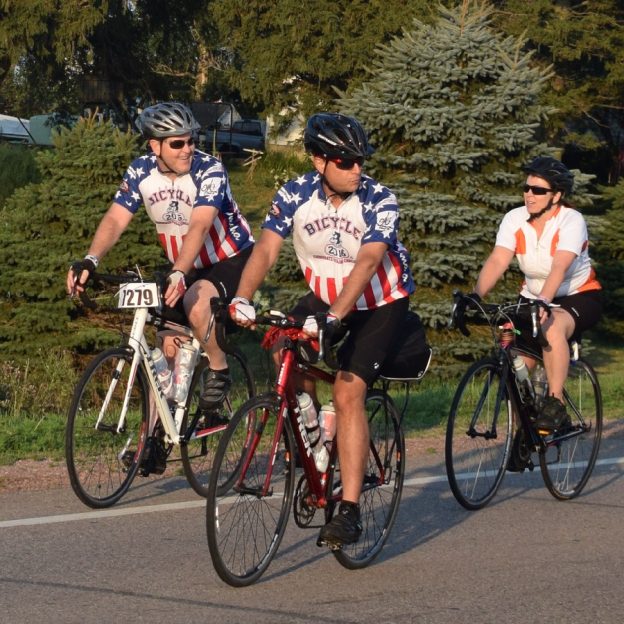
Bike Pic Oct 9, he said what about Columbus Day?
As cyclists around the country enjoyed a Sunday cruise, the chatter was pretty heavy on remarks that were broadcast and tweeted about Columbus Day.
-
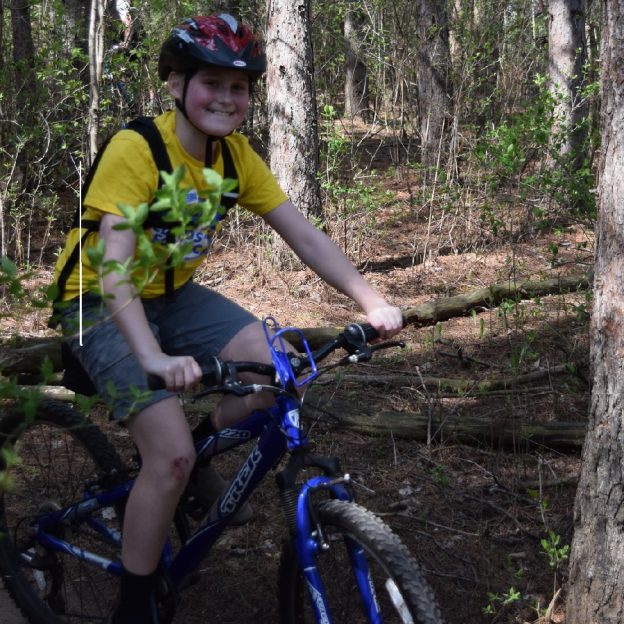
Bike Pic Sept 9, schools out for the week for this mountain biker
With the first week of school out of the way this young mountain biker is enjoying riding the trail. With temps in the mid-70’s we hope get an ride!



